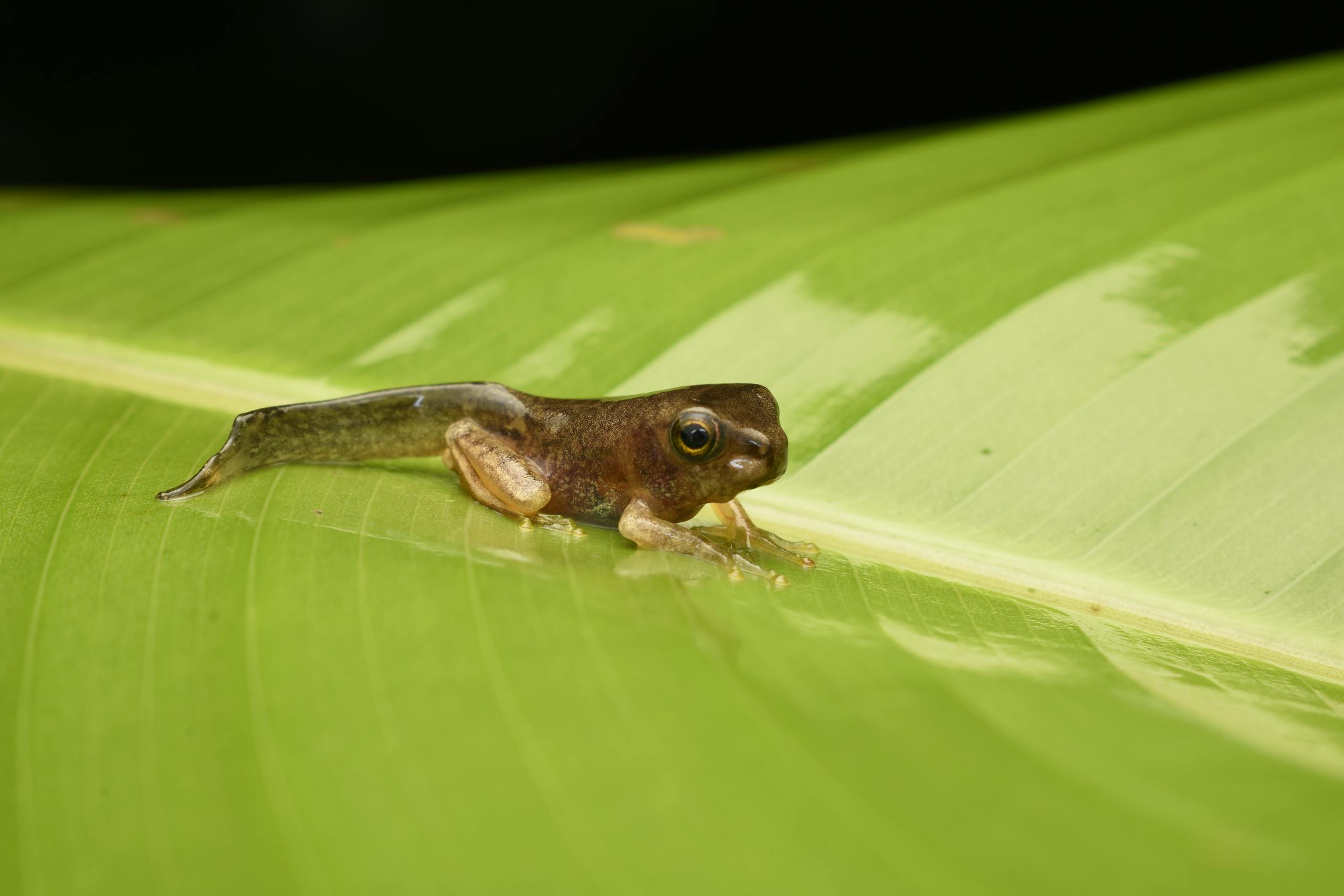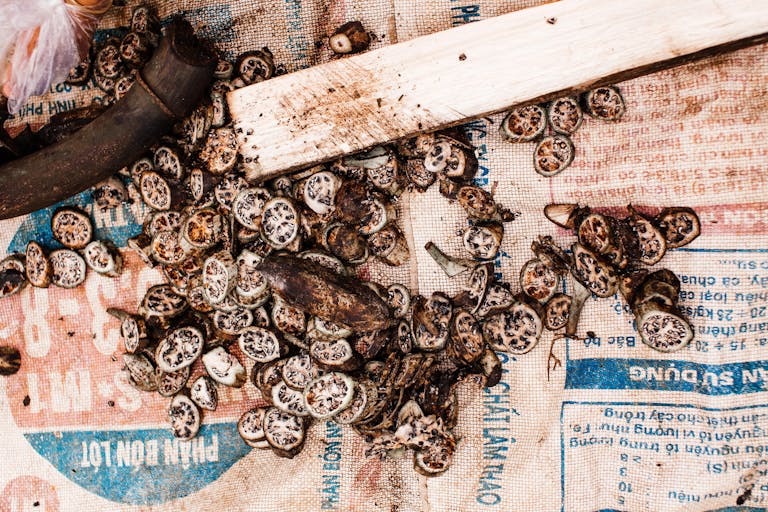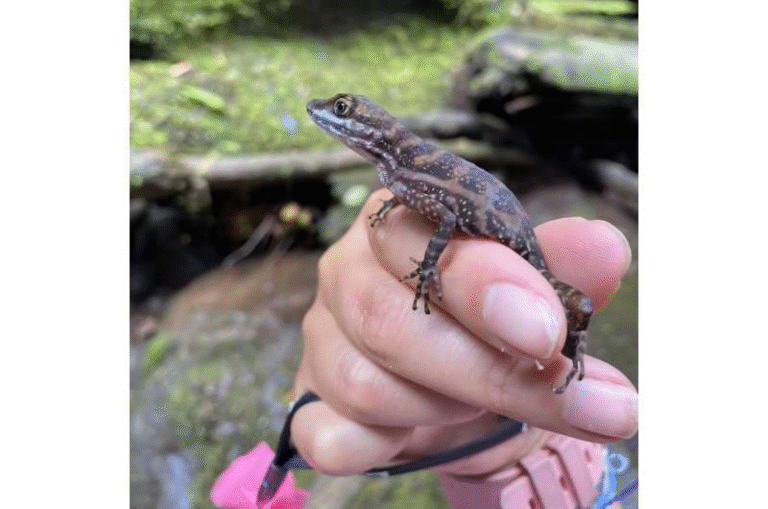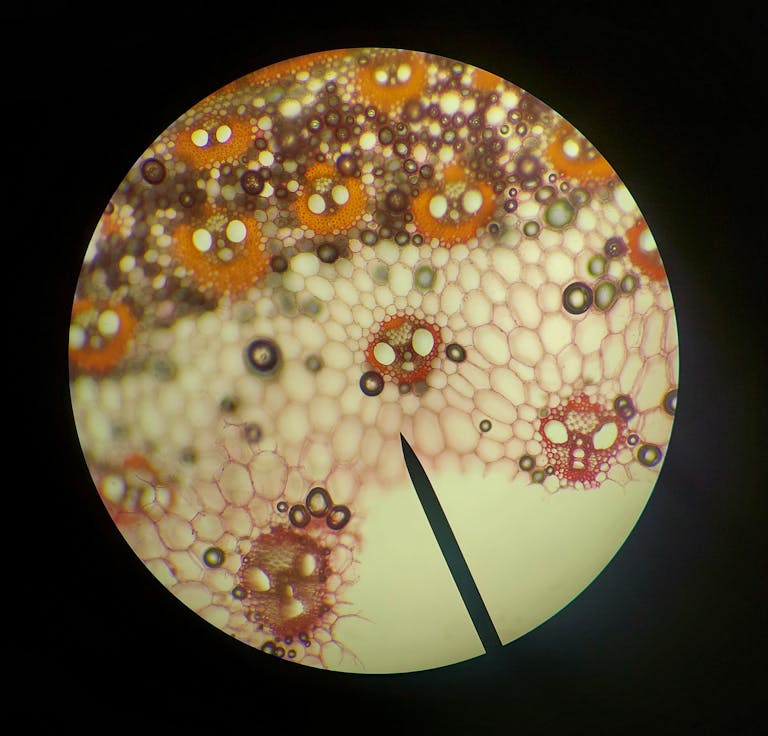Once Tadpoles Lose Their Lungs, They Never Get Them Back

A new study has uncovered a fascinating evolutionary quirk among frogs — once tadpoles lose their lungs, they never re-evolve them, even when environmental conditions might make having lungs beneficial. This surprising finding reshapes how scientists think about trait loss and evolutionary reversibility in animals.
The research, published on October 27, 2025, in the journal Evolution, was led by Jackson Phillips, a doctoral researcher in the lab of Molly Womack at Cornell University’s Department of Ecology and Evolutionary Biology. The team spent eight years studying tadpole species around the world to understand how and why lungs disappear — and why they never come back.
What the Study Found
Across their massive dataset of about 530 tadpole species, representing almost every frog family and most genera, the researchers discovered 28 independent instances of lung loss. Considering there are over 5,000 frog species worldwide, about 95 species are known to have lungless tadpoles.
That alone is interesting. But what’s truly remarkable is that even though all adult frogs have lungs — meaning the genetic instructions for developing lungs still exist — no tadpole species has ever been observed to re-evolve lungs after losing them.
This challenges the common evolutionary assumption that if the genetic machinery for a lost trait is still there, the trait could easily reappear under the right environmental pressures. Here, the opposite seems true. Tadpoles that once lost their lungs seem permanently committed to a lungless lifestyle.
Why Losing Lungs Might Actually Help
Tadpoles have three main ways to get oxygen:
- Through their lungs (from the air),
- Through gills (from the water), and
- Through their skin (from both air and water).
For many tadpoles, especially those living in fast-flowing streams, having lungs can actually be a disadvantage. That’s because lungs increase buoyancy, making the animal float — not ideal if you live in a rushing current where you could be swept away.
In these environments, the water itself is highly oxygenated, meaning tadpoles can get plenty of oxygen directly through their skin or gills without ever needing to surface for air. So, natural selection may have favored tadpoles that didn’t need to rely on lungs at all.
As co-author Molly Womack explains, evolution tends to follow paths of least resistance. Even if tadpoles could develop lungs a few weeks earlier in their life cycle, doing so might bring more risks than rewards.
The Strange Solutions Evolution Invents
When animals lose a vital organ like lungs, evolution doesn’t just leave them stranded. Instead, it often comes up with unpredictable alternative solutions.
One striking example comes from the African red toad. Its tadpoles live in low-oxygen waters, where you’d think having lungs would be useful. Instead, they evolved a vascularized crest — a frilly patch of skin on top of their heads. These tadpoles press their heads against the water’s surface to absorb oxygen directly through the skin. It works like an external “head lung.”
Another case is the northern torrent frog from Borneo, whose tadpoles live in cold, clear, fast-flowing streams. These tadpoles are completely lungless and have special belly suckers that allow them to cling to rocks in powerful currents. Their bodies are perfectly adapted to this high-energy environment, relying on the oxygen-rich water that constantly flows past them.
Similarly, the Pacific tailed frog, found in the Pacific Northwest, has lungless, sucker-mouthed tadpoles that cling tightly to rocks in mountain streams.
Where Lung Loss Happens Most
Lungless tadpoles are found in a wide range of habitats — from streams to ponds to terrestrial nests — but most are concentrated in flowing water or land-based environments.
In fast-moving streams, the loss of lungs likely helps the tadpoles avoid being lifted or swept away by the current. In terrestrial habitats, where tadpoles develop in damp nests near waterfalls or spray zones, losing lungs might help them conserve moisture or remain hidden from predators.
Interestingly, while many frog species lay eggs in ponds, where still water dominates, the researchers found that lung loss probably happened in pond environments only a few times throughout evolutionary history. Stream and terrestrial habitats seem to be the main drivers of lung loss.
The study also proposes that this evolutionary shift may not be about lungs themselves, but about air-breathing behavior. Surfacing for air exposes tadpoles to predators and can even cause them to drift away from their shelter. Over time, avoiding air-breathing altogether might have been safer — and evolution responded accordingly.
How the Study Was Done
This wasn’t a quick or easy project. Phillips and his team spent eight years gathering and analyzing data. They traveled to natural history museums across the globe, dissecting specimens (when duplicates were available) to study their respiratory systems.
They combined these findings with genetic analyses and computer modeling to map out when and where in history tadpoles lost their lungs. This approach let them reconstruct the likely habitats and ecological conditions under which those losses happened.
The researchers identified clear patterns between habitat and lung loss. Lungless tadpoles often had physical adaptations — like sucker mouths or flattened bodies — to thrive in their respective environments. But despite this diversity of form, not a single lineage ever reversed the loss of lungs.
What This Means for Evolutionary Biology
This study provides strong evidence for a concept known as evolutionary irreversibility, sometimes referred to as Dollo’s Law. It suggests that once a complex trait like lungs is lost, it almost never returns — even if the genes that once made it possible still exist.
The research also shows that evolution can be both predictable and unpredictable at the same time. It’s predictable in that certain conditions — like highly oxygenated streams — repeatedly lead to lung loss. But it’s unpredictable in the creative ways life finds to solve the same problem.
These findings have implications beyond frogs. They could shed light on how other tetrapods (four-limbed vertebrates like salamanders and reptiles) may have lost or regained respiratory traits during their own evolutionary histories.
It also challenges scientists to think more deeply about developmental timing. Why can’t tadpoles activate their lung development earlier, during the larval stage, if they already use lungs as adults? Something in the developmental or regulatory network seems to prevent that switch — a fascinating puzzle for future research.
The Bigger Picture: How Frogs Breathe
For context, frogs as a group have some of the most diverse breathing strategies in the animal kingdom.
Adult frogs breathe through lungs, skin, and the lining of their mouths. Many species can even exchange oxygen through their skin when submerged underwater. Some species — like certain salamanders and caecilians — have lost lungs entirely, relying only on skin respiration.
In the tadpole stage, most frogs use gills early on, then develop lungs later before metamorphosis. But in the lungless tadpoles studied here, that stage never happens. Instead, they depend solely on cutaneous respiration (through the skin) or on specialized structures like vascularized crests.
This variation shows just how flexible and inventive evolution can be when solving the basic problem of breathing.
Limitations and Future Questions
While the research covers hundreds of species, it’s still a fraction of the total diversity of frogs on Earth. There may be exceptions waiting to be discovered.
Scientists also don’t yet know exactly why the genetic machinery for lung formation isn’t reactivated in these tadpoles. Are the necessary genes suppressed? Are they triggered only at certain developmental stages? Or is there simply no evolutionary pressure strong enough to bring lungs back?
Whatever the case, one thing is clear: evolution doesn’t always retrace its steps.
Research Reference:
Lungless tadpoles breathe fresh air into hypotheses for tetrapod lung loss and trait regain – Journal Evolution, October 27, 2025





